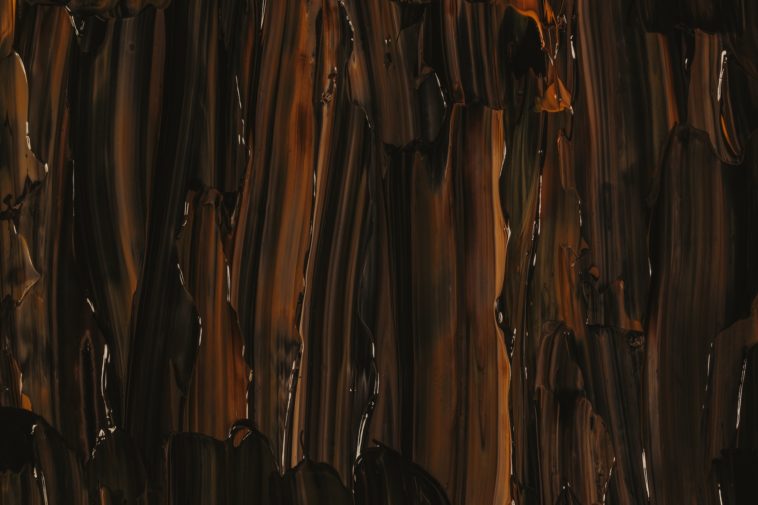The Art of Impasto: A Deep Dive into Thick Painting Techniques
Impasto is a term that many people might not be familiar with unless they’ve delved into the world of art and painting techniques. Originating from the Italian word ‘impastare’, which means ‘to knead’, the technique known as impasto has transcended its native roots and has become a staple in English art terminology.
1. The Essence of Impasto
At its core, impasto is a method where paint is applied to the canvas in such a thick and generous manner that it creates a three-dimensional texture. This technique contrasts with more traditional methods of painting where layers are carefully built up to achieve depth and perspective. With impasto, the paint itself becomes the subject of interest as it rises, lumps, and swirls on the canvas.
2. The Visibility of Strokes
What sets impasto apart is the fact that the strokes made by the artist’s brush or even a painting-knife are deliberately made visible. The strokes don’t just hint at the technique behind the artwork; they become an integral part of the piece itself. By letting these strokes remain prominent, artists allow viewers a glimpse into their process, making each artwork a candid snapshot of the artist’s interaction with their medium.
3. Mixing on the Canvas
Another distinctive characteristic of impasto is the practice of mixing paints directly on the canvas. Rather than relying solely on a palette to blend and produce desired shades, artists can play with colors and textures on the canvas itself. This on-the-spot mixing can result in spontaneous and unique combinations that might not be achieved through pre-meditated blending.
4. The Final Effect
Once an impasto piece has fully dried, its texture becomes its defining feature. The paint doesn’t merely sit on the canvas – it appears to erupt from it. The layers, swirls, and peaks of paint can cast shadows and reflect light in a way that flat paintings can’t, giving the artwork an almost sculptural quality.
5. Historical Context
While impasto techniques can be traced back to ancient times, they gained prominence during the Renaissance. Renowned artists like Rembrandt and Titian are known to have used impasto in their works to bring certain features to life or to imbue their pieces with a tactile, emotional quality.
In modern times, artists such as Vincent van Gogh took the impasto technique to new heights. His iconic “Starry Night” is a quintessential example, with its swirling, thickly applied brushstrokes evoking a sense of movement and turbulence.
6. Materials and Mediums
Artists aiming for the impasto effect often use oil paints because of their thick consistency and slow drying time. This gives them the freedom to manipulate the paint and build up the desired texture over time. However, modern advancements have led to the creation of acrylic mediums that mimic the thick consistency of oils, enabling acrylic painters to achieve similar impasto effects.
7. Beyond the Visual
Impasto doesn’t only captivate the viewer’s eyes. The palpable texture invites touch (though touching artworks in galleries is typically discouraged!) and evokes a multisensory experience. It challenges the traditional notion that paintings are purely visual art forms.
8. Challenges and Preservation
While impasto paintings offer a stunning visual and tactile experience, they do come with their challenges. The thick layers of paint take longer to dry and can be more susceptible to cracking over time. Proper care, appropriate varnishing, and optimal environmental conditions are crucial for preserving the integrity and beauty of these artworks.
In Summary:
Impasto, with its roots in Italian artistry, has evolved to become a celebrated technique in the realm of painting. It allows artists to add depth, dimension, and a tactile quality to their works, creating a multisensory experience for the viewer. While it presents certain challenges in terms of preservation, the visual and emotional impact of impasto artworks ensures their enduring appeal in the world of art.





